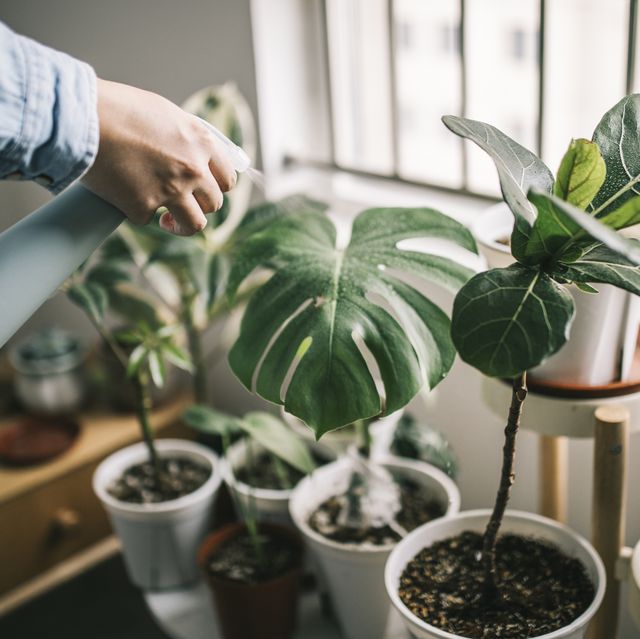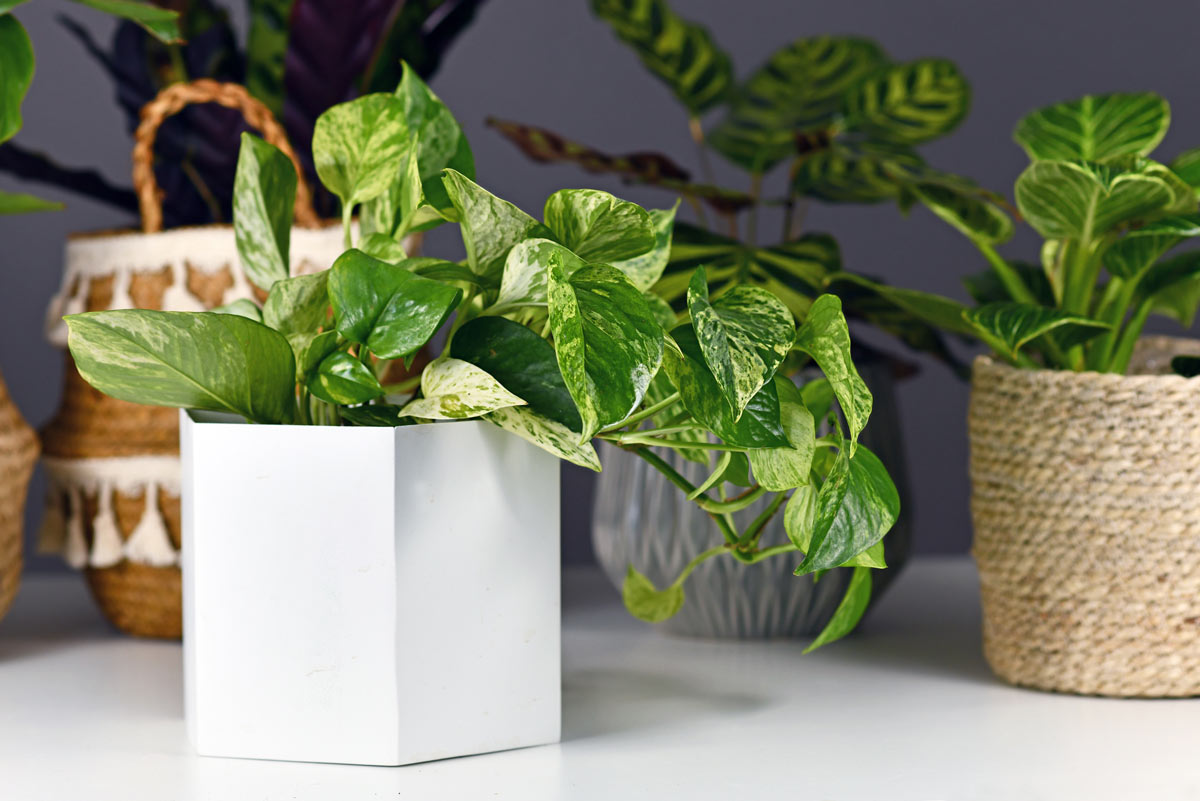Create a Lush Indoor Oasis with the Best Low-Light Indoor Plants
Create a Lush Indoor Oasis with the Best Low-Light Indoor Plants
Blog Article
Reveal the Tricks of Low-Light Indoor Plants and Exactly How They Boost Your Atmosphere
Low-light indoor plants have garnered increasing attention for their one-of-a-kind capability to boost both aesthetic allure and ecological high quality within homes and offices. These resilient types, including the Serpent Plant and Tranquility Lily, not only flourish in tough lights conditions yet also play a pivotal function in air filtration and emotional health. Understanding the details benefits and care requirements of these plants can dramatically influence your home. As we explore the details of their advantages, you might uncover understandings that could transform your surroundings in unexpected methods.
Advantages of Low-Light Indoor Plants
Although many individuals assume that interior plants require bountiful sunlight to grow, low-light indoor plants provide a multitude of benefits that make them suitable for different atmospheres. One of the key advantages is their versatility; they can grow precede with minimal natural light, such as offices, basements, or spaces with small home windows. This attribute enables people to boost their environments with plant, adding to improved appearances without the need for comprehensive illumination alterations.
Furthermore, low-light interior plants can dramatically enhance interior air quality by filtering unsafe contaminants and releasing oxygen, making living areas healthier. Research has revealed that particular selections can take in toxins, therefore advertising a cleaner ambience. In addition, they can boost mental well-being by minimizing stress and anxiety and raising efficiency. The visibility of plants has been connected to better sensations of peace and emphasis.
Additionally, low-light plants typically call for less maintenance than their sun-loving equivalents, making them ideal for active individuals or those brand-new to gardening. Their resilience allows them to flourish with minimal treatment, hence offering a gratifying experience for plant enthusiasts and beginners alike. In recap, low-light interior plants offer both functional and visual purposes, making them important additions to any type of area.
Leading Low-Light Plant Varieties
Low-light indoor plants can be found in a range of types, each offering special attributes and advantages fit for dark atmospheres. Amongst one of the most prominent selections is the Serpent Plant (Sansevieria), known for its building leaves and air-purifying capabilities. This resilient plant thrives on forget and can tolerate a large range of light conditions.
An additional outstanding selection is the ZZ Plant (Zamioculcas zamiifolia), which includes shiny, dark environment-friendly leaves and is very drought-tolerant. Its adaptability makes it a preferred for workplaces and homes with limited sunlight.
The Pothos (Epipremnum aureum) is likewise a leading challenger, with its trailing creeping plants and heart-shaped fallen leaves - Best low-light indoor plants. This versatile plant can be educated to climb or cascade, adding visual interest to any kind of room

Care Tips for Low-Light Plants
Taking care of low-light interior plants requires a nuanced understanding of their details requirements to make sure optimal development and vitality. First, it is important to pick the ideal potting mix, as a well-draining soil is important to protect against root rot. A mix created for houseplants, usually consisting of peat moss and perlite, functions well for the majority of low-light varieties.
Watering is an additional crucial aspect of treatment. Low-light plants typically require much less constant watering contrasted to their sun-loving equivalents.
Fertilization must be come close to with caution. During the growing period, a diluted fluid plant food can be used monthly, yet in winter season, many low-light plants enter inactivity and need little to no fertilizing.
Finally, it is necessary to occasionally clean the leaves to get rid of dirt, permitting for far better light absorption. By sticking to these care ideas, you can grow a thriving setting for your low-light interior plants, enhancing both their appearance and durability.
Enhancing Air Top Quality With Plants
Indoor plants play a significant duty in enhancing air top quality within homes and office. Through the process of photosynthesis, these plants take in co2 and launch oxygen, contributing to a healthier ambience. Furthermore, he has a good point specific low-light indoor plants have the capacity to filter hazardous pollutants, such as formaldehyde, trichloroethylene, and benzene, which are typically found in interior settings.

Additionally, the existence of interior plants can enhance humidity levels, which helps ease completely dry skin and respiratory concerns, further improving overall wellness. This capability to enhance air high quality not only advertises physical wellness yet also supports psychological wellness.
Incorporating low-light indoor plants right into your living and functioning rooms can cause an extra invigorating and dynamic environment (Best low-light indoor plants). Investing in these all-natural air purifiers is a basic yet reliable method for improving interior air top quality and fostering a much healthier way of life
Creating a Calm Indoor Room
The assimilation of plants into living spaces not only boosts air top quality yet likewise adds to a tranquil atmosphere. Low-light indoor plants, such as serpent plants and pothos, Learn More Here are particularly reliable in developing a you can try these out peaceful environment, as they thrive in problems that may otherwise be inhospitable for various other plant. Their rich foliage supplies a relaxing visual, minimizing stress and promoting relaxation.
Incorporating these plants into your office or home can evoke a feeling of tranquility and well-being. Strategically placing them in locations where you spend substantial time, such as living workspaces or spaces, enables an immersive experience with nature, which has been revealed to boost state of mind and cognitive feature.
Additionally, the mild motion of leaves in action to airflow can produce a dynamic visual element that enhances the total atmosphere. Think about making use of a range of plant elevations and appearances to add depth and rate of interest to your space. With thoughtful positioning and care, low-light interior plants can change any type of location into a serene refuge, promoting not just visual complete satisfaction but emotional and additionally psychological health.

Final Thought
Integrating low-light indoor plants right into different settings returns substantial benefits, including boosted air high quality and enhanced visual appeal. The transformative power of low-light plants highlights their value in improving both residential and work-related settings.
Although several individuals presume that indoor plants call for plentiful sunlight to prosper, low-light indoor plants supply a plethora of benefits that make them perfect for different atmospheres.In addition, low-light interior plants can significantly enhance indoor air top quality by releasing and filtering hazardous contaminants oxygen, making living spaces healthier. Additionally, specific low-light indoor plants have the capacity to filter unsafe toxins, such as trichloroethylene, formaldehyde, and benzene, which are commonly located in interior environments.
Low-light interior plants, such as snake plants and pothos, are particularly reliable in developing a serene environment, as they flourish in conditions that may otherwise be unwelcoming for other greenery.Integrating low-light interior plants into different atmospheres yields considerable advantages, including boosted air top quality and boosted visual charm.
Report this page